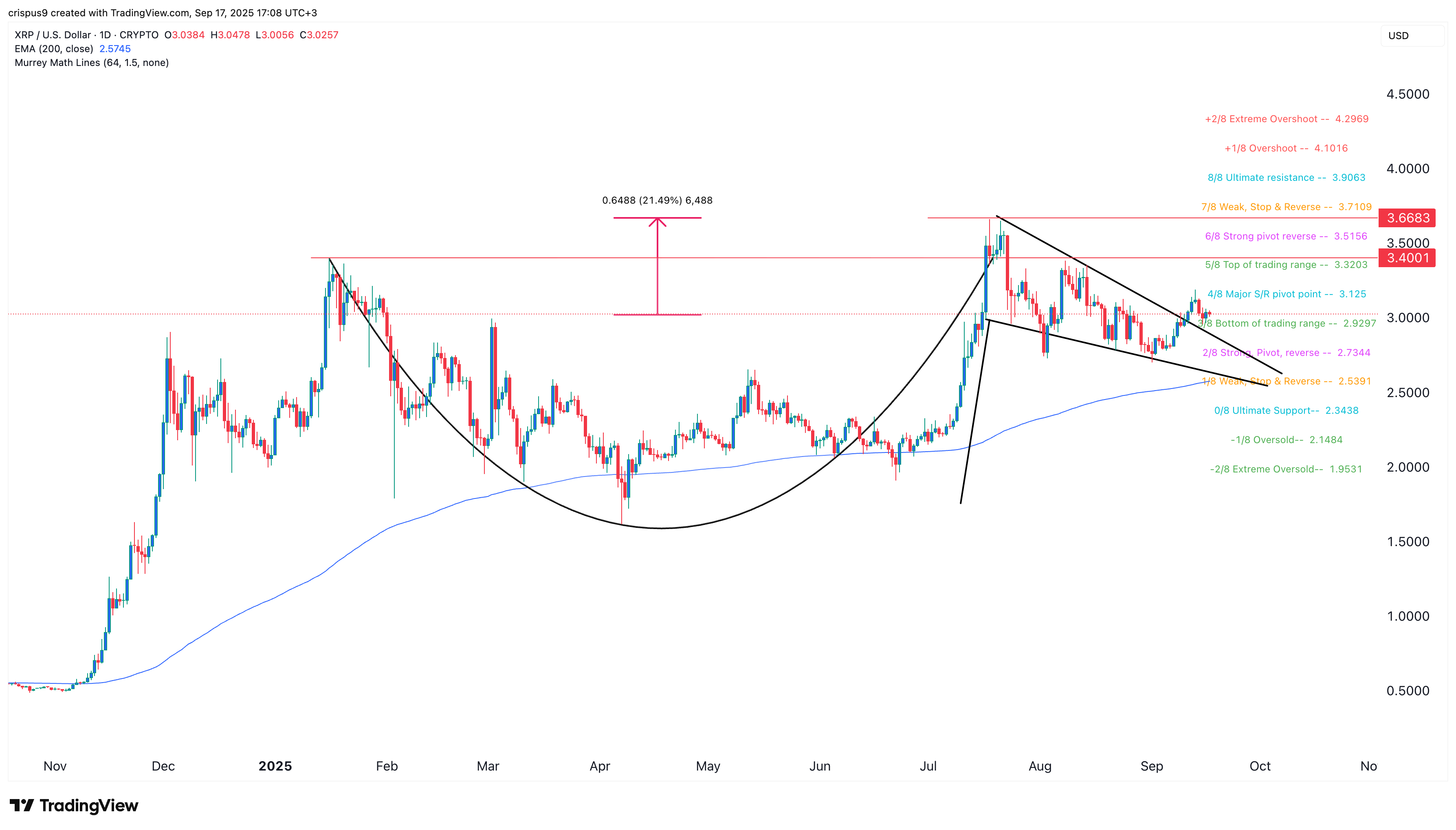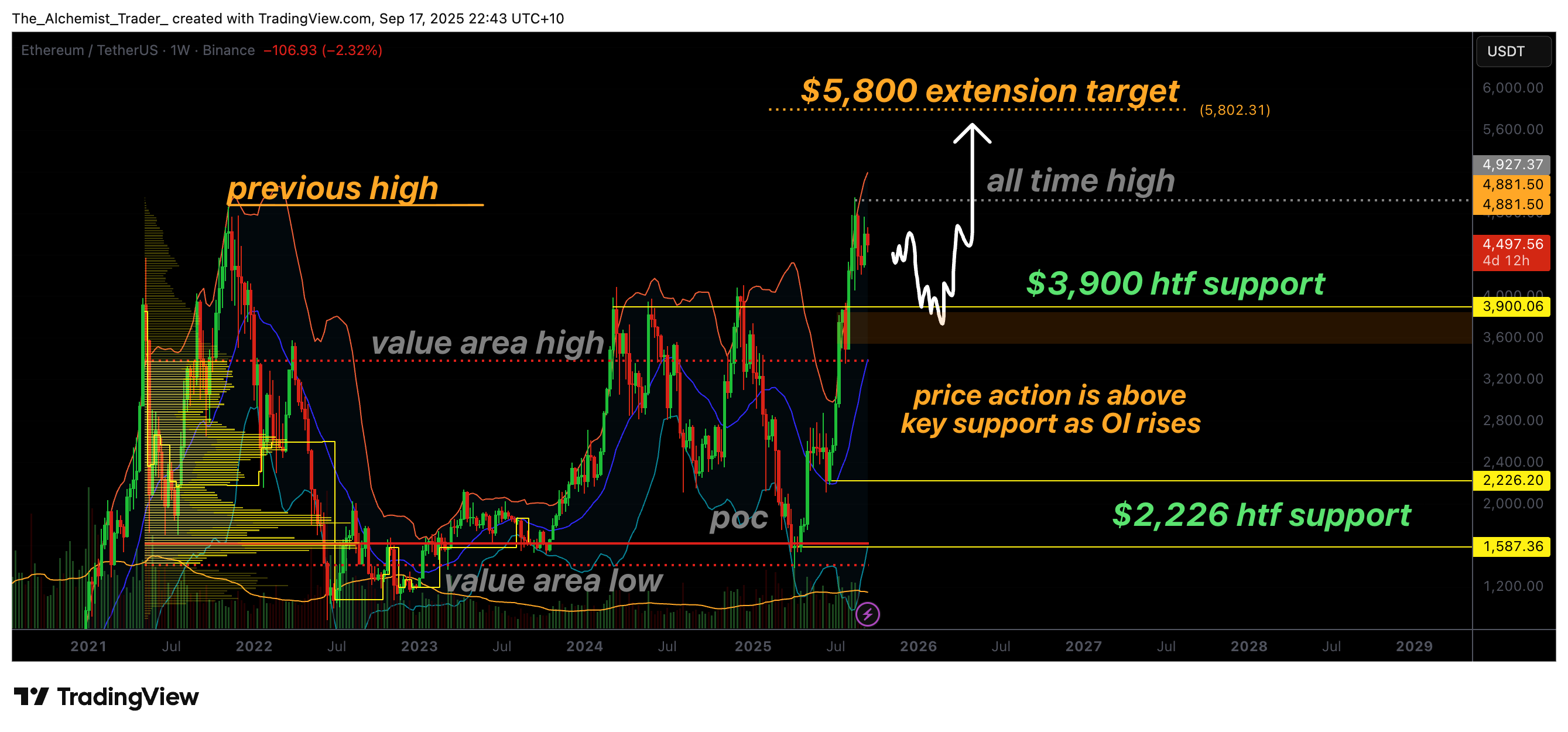Finding blockchain harmony to encourage TradFi participation

Disclosure: The views and opinions expressed here belong solely to the author and do not represent the views and opinions of crypto.news’ editorial.
Traditional finance has taken a U-turn from the industry’s initial dismissive reaction to Bitcoin (BTC) and blockchain technology altogether. Earlier this year, we witnessed the SEC approve spot Ether and spot Bitcoin ETFs, including from leading asset manager BlackRock. Concurrently, State Street, a large global bank, plans to launch a stablecoin, and TradFi trading hub Robinhood has expanded its crypto operations.
While rigidly centralized institutions playing an oversized role in crypto developments could introduce risks to the industry’s decentralized ethos, most web3 enthusiasts are open to TradFi participation as it would accelerate adoption. Regardless, ties between the broader financial world and the emerging digital assets sector are steadily moving forward.
Despite high-profile ETFs, growing interest in DeFi, and tokenized real-world assets, many financial institutions are reluctant to engage directly with various blockchain networks. The reason for this isn’t due to worries of SEC lawsuits or crypto’s inherent volatility; rather, it relates to the very nature in which banks operate.
As trusted intermediaries managing customers’ assets and providing financial services, most banks find it hard to engage with public blockchains where transaction history and other private data are available for all to view. While transparency and openness are core web3 principles and are used to build trust among decentralized communities, this could lead to exposing private customer information within institutions.
Financial institutions will always need to comply with local regulatory frameworks, which makes engaging with public blockchains complicated and limits flexibility in the rapidly evolving digital asset space. As such, banks wanting to engage with blockchain and crypto, for one reason or another, typically elect to do so via private blockchains due to privacy and compliance considerations.
Private networks provide banks with a controlled environment, enabling them to experiment within a compliant and secure space, allowing more partners to join over time. While this is good for institutions looking to understand blockchain technology or perhaps implement it to facilitate their own payment systems, it blocks access to the vast majority of DeFi products, apps, and protocols. It also denies access to any liquidity stored on public blockchain protocols.
Sure, there are cross-chain bridges, sidechains, layer-2s, and other solutions that financial institutions could leverage to gain a bit more exposure to crypto markets. However, these solutions risk introducing the same security threats and vulnerabilities that led financial institutions to select private blockchains in the first place.
This puts financial institutions, especially smaller banks lacking the resources to take calculated risks, in a bind when trying to establish the most robust digital asset strategies to meet the rising demand of both retail and institutional clients. However, new projects are working to bridge these gaps and broaden the scope of institutions entering blockchain.
Vixichain, for example, is developing a solution for this problem that is confronting institutions. Its layer-1 blockchain, set to launch early next year, allows institutions to interact with crypto and DeFi compliantly. The network bridges the gap between legal frameworks and the innovative potential of web3 by using a stablecoin built with NFT technology. While it may sound unorthodox, this enables traceability and verifies authenticity, combining the best aspects of public and private blockchains.
Vixichain’s objective is to build a private blockchain where financial institutions act as validators. This allows users to receive quotes from available nodes and choose the relevant partner to execute payments, while its NFT stablecoin facilitates easy access to the wider crypto ecosystem.
Those in the web3 industry understand the value behind mainstream adoption, and strategically cooperating with TradFi provides more rewards than risks. For example, experience with compliance, risk management, and added liquidity are just some of the benefits that TradFi brings to the table. The key to leveraging TradFi’s desire to partake in digital asset marketplaces requires innovative solutions that strike a balance between the pros of both public and private blockchains.




